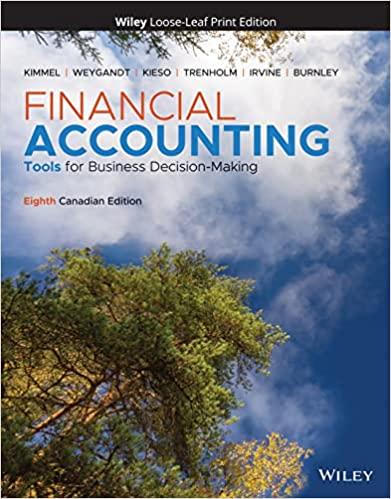Question
Casey Nelson is a divisional manager for Pigeon Company. His annual pay raises are largely determined by his division's return on investment (ROl), which has
Casey Nelson is a divisional manager for Pigeon Company. His annual pay raises are largely determined by his division's return on investment (ROl), which has been above 24% each of the last three years. Casey is considering a capital budgeting project requiring a $5,950,000 investment in equipment with a useful life of five years and no salvage value. Pigeon Company's discount rate is 20%. The project would provide net operating income each year for five years as follows:
Sales
Variable expenses
Contribution margin
Fixed expenses:
Advertising,
salaries, and other fixed out-of-pocket
costs
Depreciation
Total fixed expenses
Net operating income
$ 5,300, 000
2,360, 000
2,940, 000
$ 890,000
1,190, 000
2, 080, 000
$ 860,000
Click here to view Exhibit 14B-1 and Exhibit 14B-2, to determine the appropriate discount factor(s) using tables.
Required:
- What is the project's net present value?
- What is the project's internal rate of return to the nearest whole percent?
- What is the project's simple rate of return?
- a. Would the company want Casey to pursue this investment opportunity?
4-b. Would Casey be inclined to pursue this investment opportunity?
Complete this question by entering your answers in the tabs below.

Step by Step Solution
There are 3 Steps involved in it
Step: 1

Get Instant Access to Expert-Tailored Solutions
See step-by-step solutions with expert insights and AI powered tools for academic success
Step: 2

Step: 3

Ace Your Homework with AI
Get the answers you need in no time with our AI-driven, step-by-step assistance
Get Started


